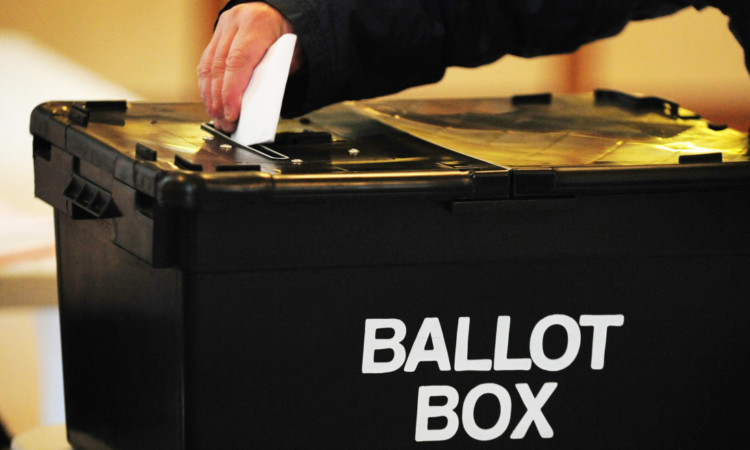Voters are being warned to watch out for signs of electoral fraud in the run up to polls on May 5.
Potential cons include voters pretending to be someone else, tampering with ballot papers, or influencing other voters with threats or bribery.
Other potential offences include making a false application to register to vote, or for a proxy or postal vote, and making false statements about candidates.
The Electoral Commission has previously warned that UK polling stations are particularly vulnerable to voters pretending to be someone else, and has recommended that photo ID should be required by 2019.
It has joined with Crimestoppers to encourage the public to report possible offences. Last year there were 481 cases of alleged electoral fraud recorded by police in the UK.
Chief Executive of Crimestoppers Mark Hallas said: “Although the number of electoral fraud cases reported last year is relatively low, we can’t be complacent and we believe it is important to continue to raise awareness of the issue.
“Voters across the UK will be heading to the polling stations on Thursday May 5; they have a right to vote for whoever they want and be confident that their vote counts.
“Electoral fraud is a crime and it is our duty to help bring to justice those who are responsible for it but also to help to educate the public, so that voters can recognise electoral fraud and report it if they know it’s happening.”
Last year the Government’s anti-corruption tsar Sir Eric Pickles warned that Whitehall was “in denial” about the state of electoral fraud in the UK.
It followed a scandal in Tower Hamlets in London that led to Lutfur Rahman, the borough’s former mayor, being found guilty of corrupt and illegal practices by a judge following a High Court hearing.
Mr Rahman was forced to step down and was banned from running for office for five years following the finding by Election Commissioner Richard Mawrey in April 2015.
Tom Hawthorn, Head of Policy for the Electoral Commission, said: “It’s important that voters have confidence in the voting process. Proven cases of electoral fraud remain relatively rare across the UK, but we shouldn’t underestimate the impact that fraud can have. We know from our work that it is campaigners, candidates and their supporters who commit electoral fraud and voters who are the victims.”
Crimestoppers and the Commission will take to social media including Twitter and Facebook to highlight the different types of fraud and how to report them. Posters will also be displayed at polling stations on election day.
Suspected electoral fraud can be reported to Crimestoppers anonymously on 0800 555111 or online at Crimestoppers-uk.org; or to police or a local council’s Returning Officer.


